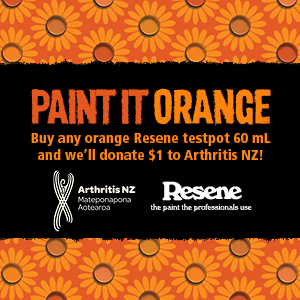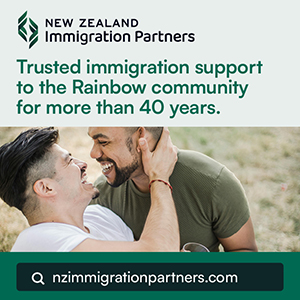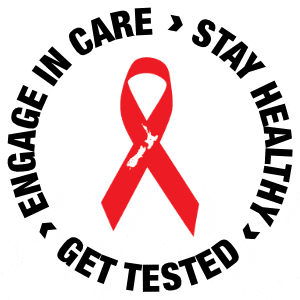Data from 2023 Census highlights nearly 5% of New Zealanders Identify as LGBTIQ+ among a bevy of interesting facts.
The first official statistics on gender and sexual identity in New Zealand have been released, showing that 4.9% of the population identifies as part of the LGBTIQ+ community, with bisexual individuals making up the largest proportion. This data comes from the 2023 Census, the first time such information has been collected, and provides a detailed picture of the country’s diverse communities.
According to the census data, 0.7% of New Zealanders identify as transgender, while 0.4% reported being intersex. In total, 172,383 people belong to the LGBTIQ+ community, with 47,631 identifying as gay or lesbian, 78,300 as bisexual, and 19,026 having a sexual identity that did not fit into the provided categories.
Further analysis revealed that, among those who responded to the census question on sexual identity, 89.6% identified as heterosexual, 1.4% as gay or lesbian, 2.3% as bisexual, 0.6% selected a category not specifically listed, and 6.1% opted not to disclose their sexual identity.
Deputy government statistician and deputy chief executive for insights and statistics, Rachael Milicich, emphasised the significance of the new data. “It is important that Rainbow communities can see themselves in the data for the first time,” Milicich said. “We thank those who have advocated for and contributed to the delivery of this data over the years.”
The Australian government, meanwhile, has been reconsidering whether to include similar questions in their upcoming census, reflecting the growing interest in this type of data collection.
Wellington emerged as the city with the highest proportion of LGBTIQ+ residents, at 11.3%, followed by Dunedin (7.3%), Christchurch (6.0%), Palmerston North (5.8%), and Hamilton (5.6%). Auckland, the largest city, recorded 57,324 people identifying as LGBTIQ+ (4.9%). Within Auckland, the Waitematā area had the highest proportion of LGBTIQ+ adults, at 12.0%.
Milicich highlighted the importance of the data for local communities. “The data released today provides vital information for local communities so that they can provide support and access to services that are needed,” she said.
The census data also showed that 144,960 people, or 4.1% of the usually resident population aged 15 years and over, reported a sexual identity other than heterosexual. This group included:
- Gay or lesbian: 47,631 people
- Bisexual: 78,300 people
- Sexual identity not elsewhere classified: 19,026 people
Additionally, 26,097 people, or 0.7% of those aged 15 and over, identified as transgender. This group was broken down as follows:
- Transgender male: 5,013
- Transgender female: 5,736
- Transgender person of another gender: 15,348
The census also recorded 15,039 people (0.4%) who stated that they were born with a variation of sex characteristics. “Stats NZ is pleased to be able to deliver Aotearoa New Zealand’s first official statistics about and for the intersex community,” Milicich added.


























